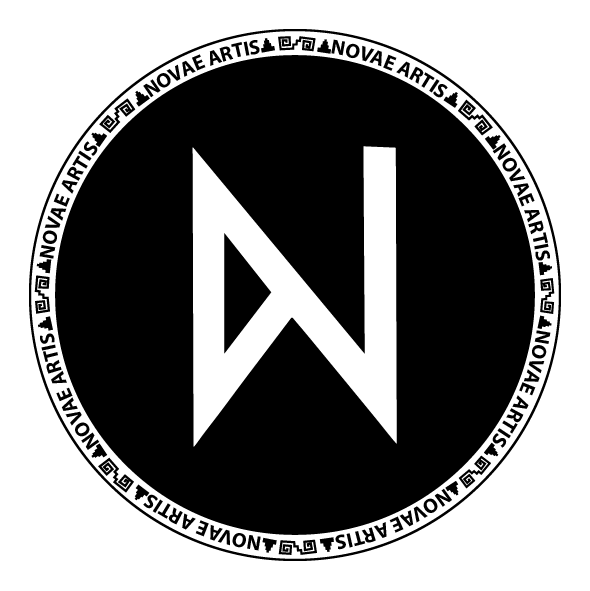Introduction – Wixarika/Huichol Art
The Huichol or Wixaritari are an indigenous people of Mexico living in the Sierra Madre Occidental. They are best known to the larger world as the Huichol, however, they refer to themselves as Wixaritari ("the people") in their native Huichol language.
The rich imagery of modern Wixarika art, from the late 1950’s to present, was for many years most notable in their yarn-paintings depicting their mythology and cosmology. Today, creative explorations by Wixarika artists continue to evolve. For this reason, it is possible to find forms of art that seek a link with traditional objects, while others incorporate newer materials and mediums that retain traditional and mythological content
For the Huichol however, yarn painting is not only an aesthetic or commercial art form; the symbols in these paintings are sprung out of Huichol culture and its shamanistic traditions. From the small beaded eggs and jaguar heads to the modern detailed yarn paintings in psychedelic colors, each is related to a part of Huichol tradition and belief.
The colors and intricacy of the yarn and materials for beads are more readily available to make more detailed and colorful pieces of art. Previously, beaded art was made with bone, seeds, jade, ceramics, or other like materials when now the Huichols have access to glass beads of multiple colors. The modern yarn that Huichols use is woven much tighter and is thinner allowing for great detail and the colors are commercial allowing for much more variety.
The beaded art is a relatively new innovation and is constructed using glass beads pressed onto a wooden form covered in beeswax. Common bead art forms include masks, bowls and figurines. Like all Huichol art, the bead work depicts the prominent patterns and symbols featured in the Huichol religion.
